Author: Tile of Spain
The architecture and design world is witnessing a resurgence of the fundamentals of ceramics. We are once again taking a closer look at what lies at the heart of this industry; including the many different formats, relief décor, high gloss finishes, glazes, the infinite number of colors offered. Few materials offer such a varied range of aesthetic options along with such advanced technical innovations.
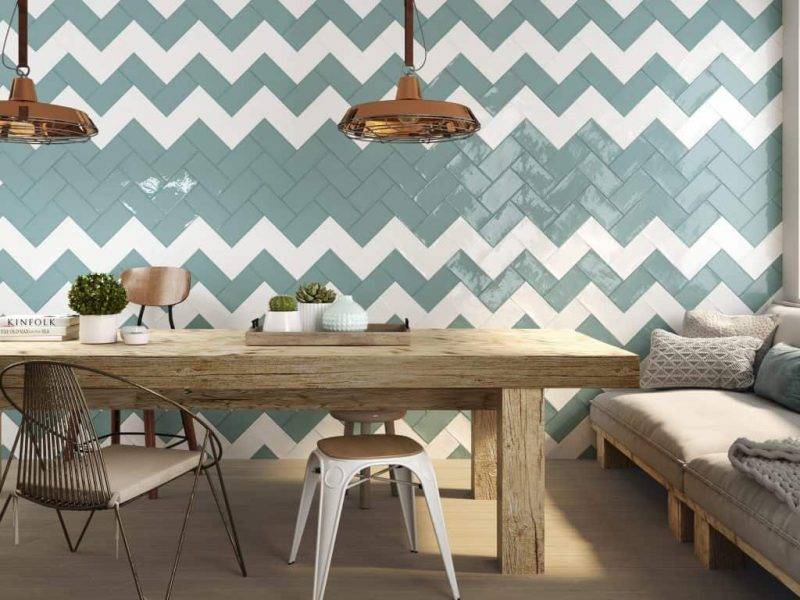
Estudio Ceramica, Bohemia Collection
Predictions for 2019 have shown that there are two very different trends emerging among tile manufacturers’ offerings this year. On one hand, very thin large-format tiles, while on the other a revival of smaller more traditional tiles. Large format tiles offer clean, simple designs and are often inspired by stone, marble and even alabaster and onyx. Smaller tiles feature some of the core elements of ceramics: color, decorations, relief work, and effects created with glazes. These elements represent the foundations of tile. After all, what other material could possibly incorporate all these variables without forgoing any of its technical specifications?
CERAMIC AND THE PANTONE PALETTE
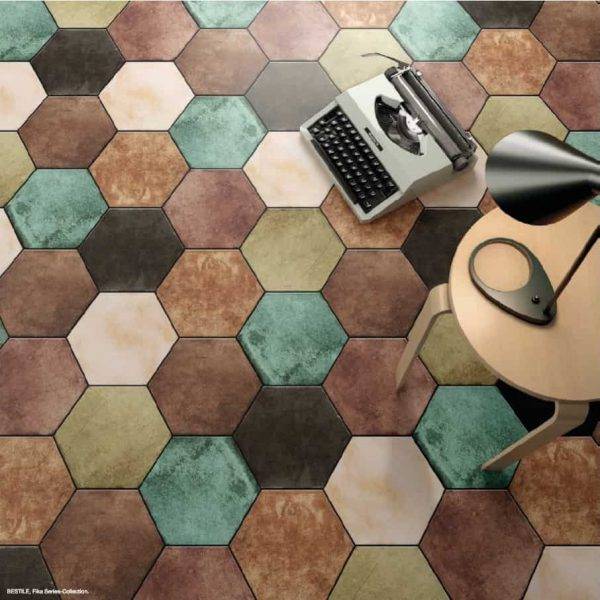
Bestile, Fika Series
Ceramic can be produced in every possible color, from the brightest of hues to pastel tones. Even white helps extend the range, as it comes in a plethora of different shades and finishes.
Playing with colors can distort shapes, expand space and create very interesting light effects. The trends seen in the 80s, when color was an essential part of the decoration, are making a comeback.
Dark hues also have their place in new collections of tile, bringing a more elegant style and giving spaces a more sophisticated look.
GEOMETRIC DECORATION
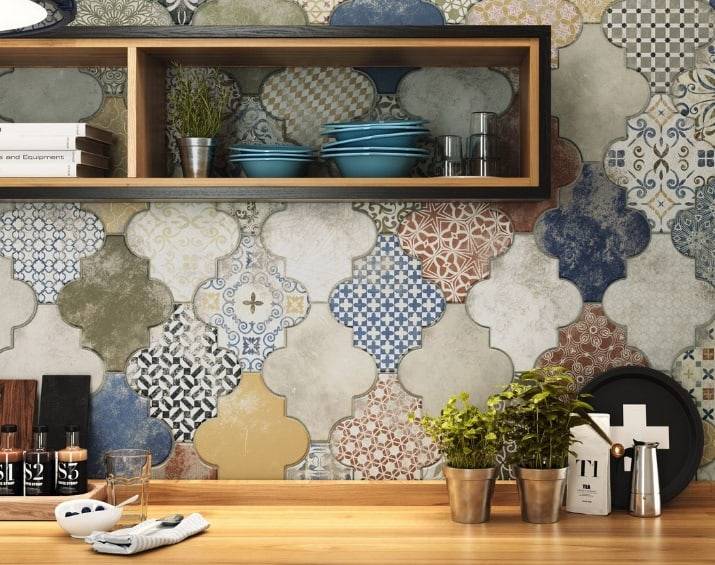
Realonda Ceramica, Riga Collection
The daring shapes and colors of the designs on these tiles are based on the decorative and graphic style of the 20s and 30s. These geometric tiles aid in the creation of unique spaces that are striking yet sophisticated.
These tiles take their inspiration from the late 19th century but offer a new take with daring colors and designs. They offer a multitude of possibilities in terms of installation and make combining different formats to create refined geometric patterns very easy.
A THOUSAND AND ONE TEXTURES…
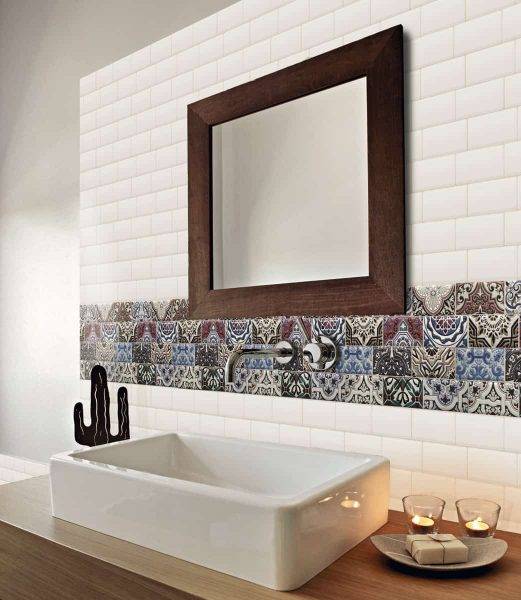
Cristal Ceramica, Lowland Collection
One of the most characteristic features of ceramic is its ability to become three dimensional through relief decoration. This can range from delicate grids or subtle effects created in a glaze to 3D volumes that border on sculptural. With relief tiles, ceramic ceases to be a merely functional element for finishing spaces and instead becomes a design element.
Combining different textures enables spaces to be defined, and the look of the floors and walls to be enhanced. This trend can turn surfaces into works of art through only subtle contrasts.
…AND SHAPES
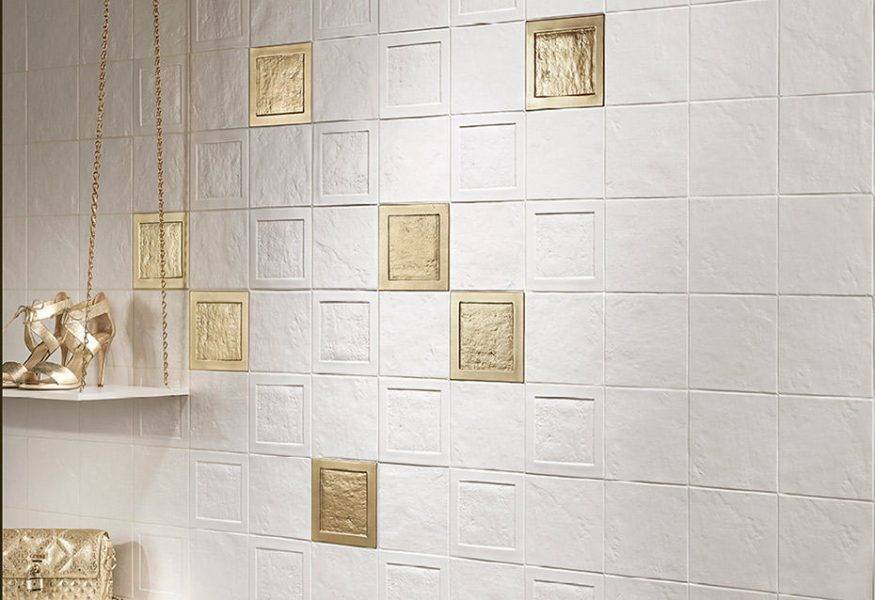
Natucer, Figures Series
Available tile options have moved far beyond squares, rectangles, and even hexagons to include tiles in the shape of fish scales, triangles, circles and more. The versatility of ceramic is boundless, which is why it is considered a key material for almost any type of project. The material offers endless aesthetic options, with high technical specifications, and a touch of tradition.
This story was originally published in Ceraspaña 42, a journal published by ASCER/Tile of Spain to promote the use and benefits of Spanish ceramic tiles in contemporary architecture and interior design. Read the article and view past issues HERE.






